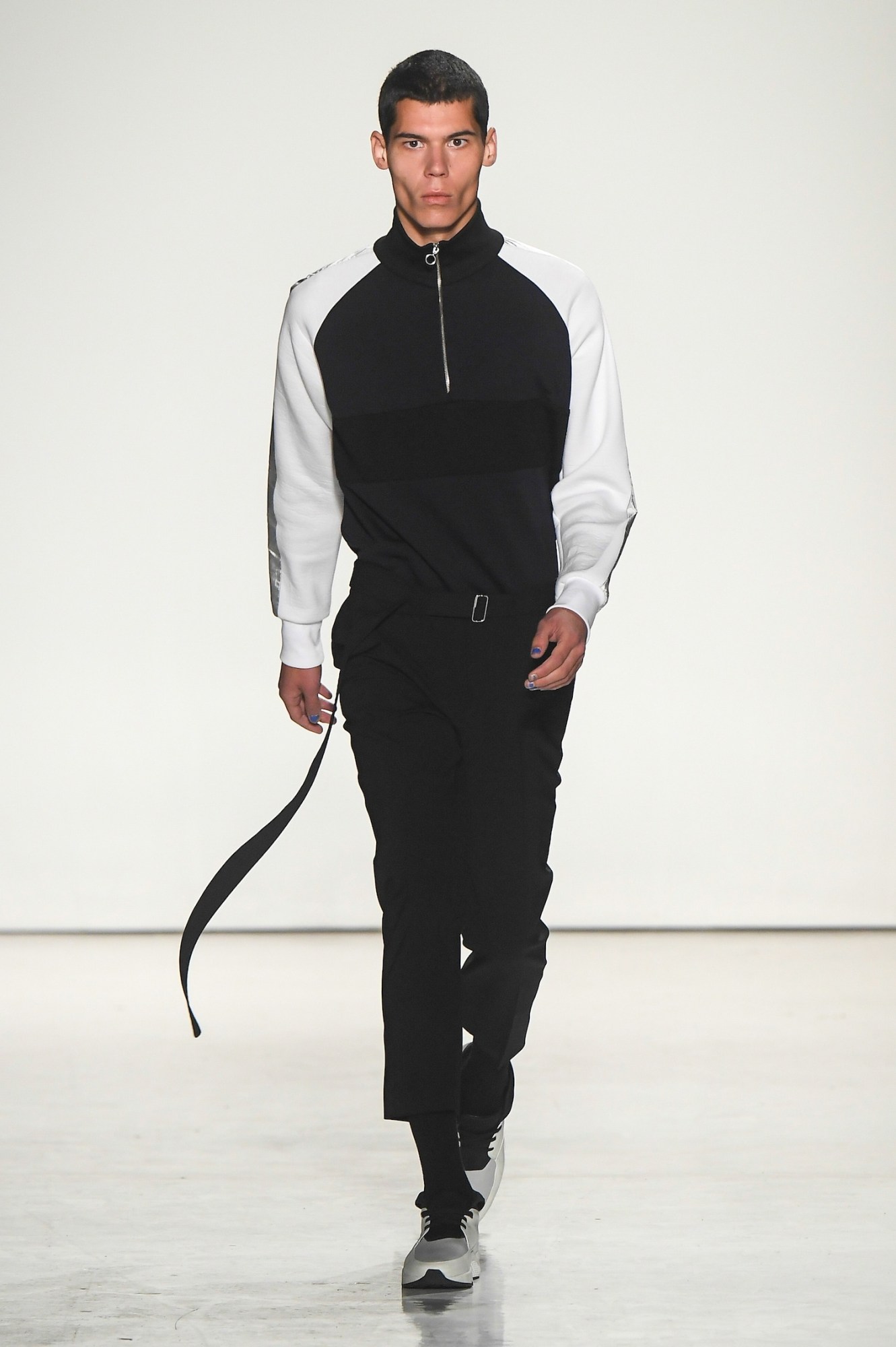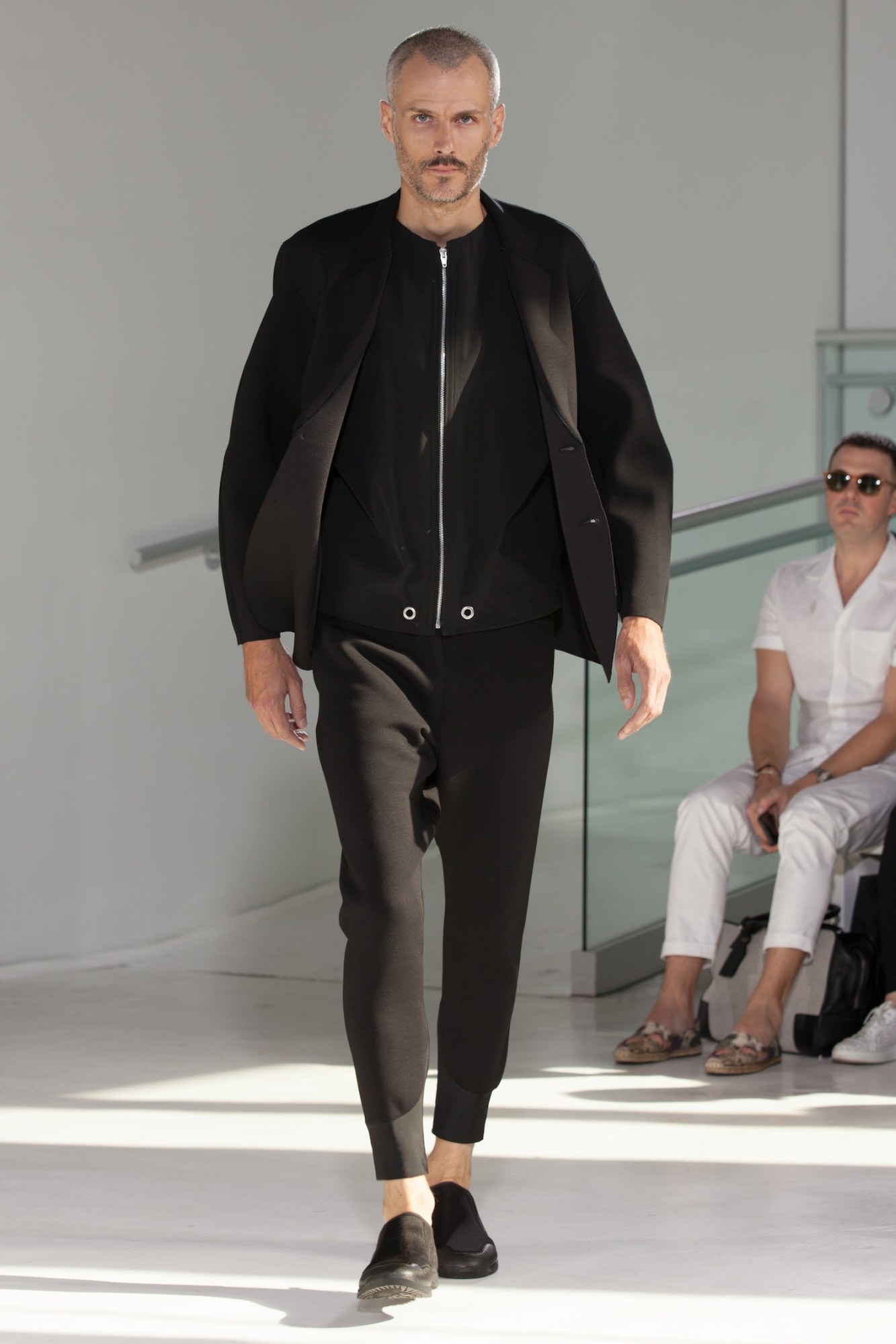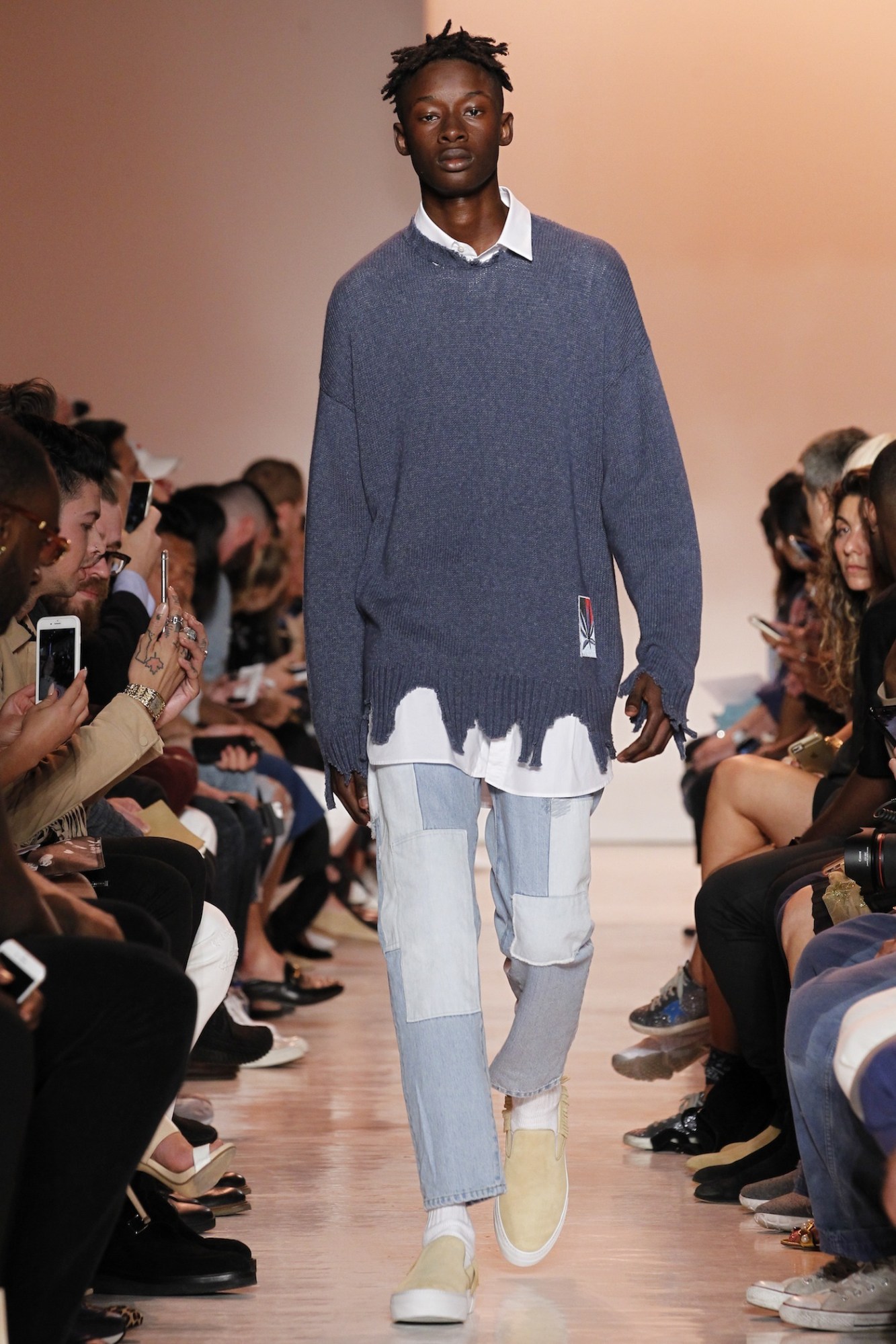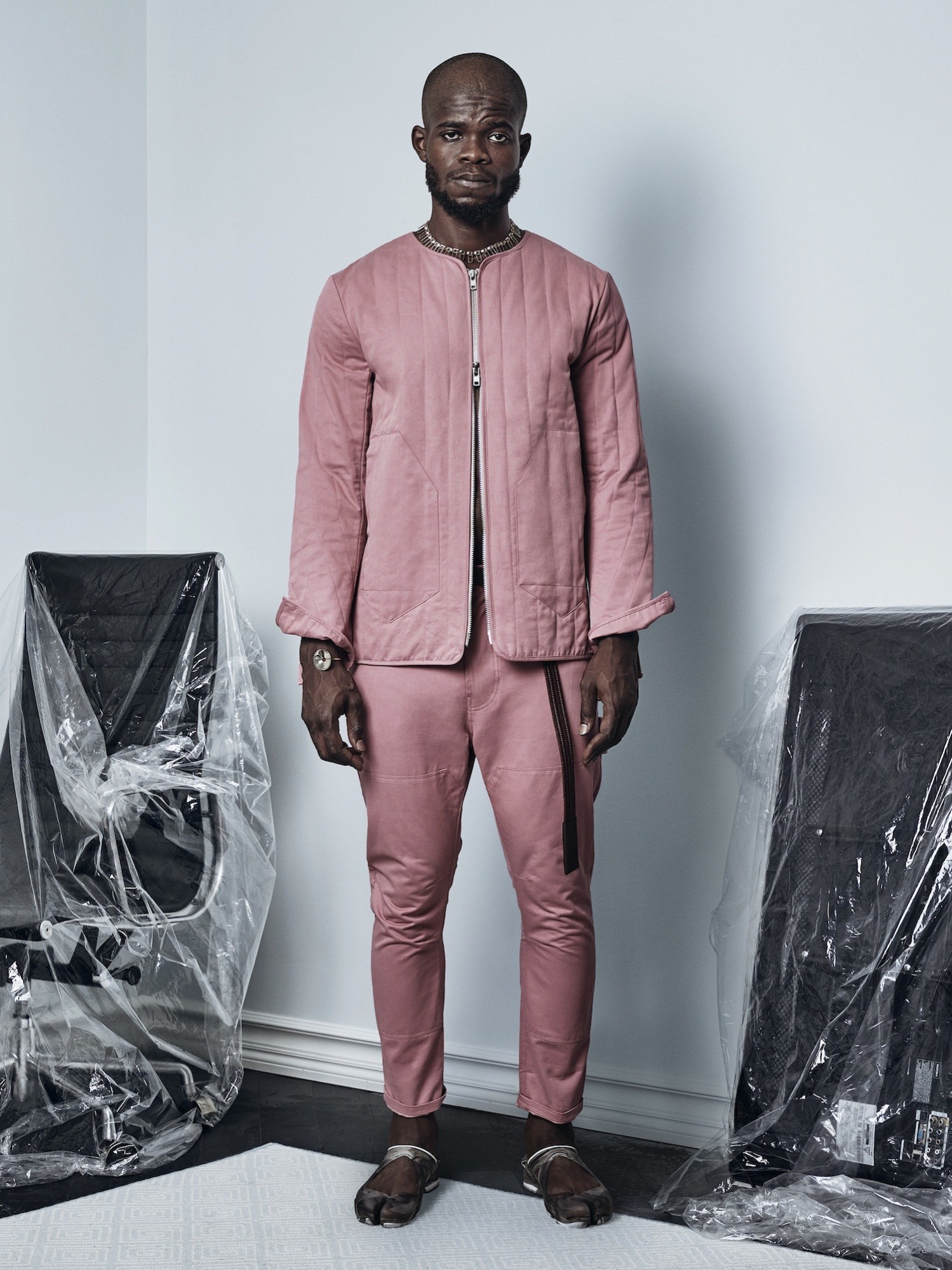American menswear is characterized by the illusion of a lack of effort. Designers like Ralph Lauren, Calvin Klein in his heyday, and Donna Karan perfected the effortless and elegant look. But how many different ways can you update an American classic? This week’s spring/summer 17 New York men’s fashion week presented that question, and others.
Of course, many New York menswear designers are telling their stories elsewhere. Hood by Air showed their goods in Paris. Thom Browne has become one of the city of lights’ highlights. Public School went maverick and now shows their men’s and women’s collection whenever they like. The rumor of Raf Simons’ appointment as creative director of Calvin Klein offers a potential shift in dynamics, but until then there are still some very valuable young designers showing during the standalone event. Designers including N. Hoolywood, Gypsy Sport, Tim Coppens, Siki Im, Devon Halfnight Leflufy, and Ovadia & Sons all have real cunning and know-how. These are creators who have observed the canon of American fashion, absorbed it, and adjusted it for the mood of the times. Some have found a worthwhile, and in some cases utterly urgent, interpretation of what American fashion can mean in 2017. So before we rule out New York Men’s Fashion Week as the critics would have us do, let’s have a look at some of the shows that really worked it out.

Tim Coppens
There are certain hallmarks of a Tim Coppens collection: polish, precision, luxurious fabrics and techniques rendered in sport-inspired styles that feel new without becoming novelty. This season was nothing out of the ordinary for Coppens but what he lacked in surprise he made up for in attitude. From the casting to the models to the music, he managed to capture a vibrant spirit of New York today. It’s the energy you might find among the cool kids in Chinatown, Bed-Stuy, or Crown Heights. Coppens was a Belgian cool kid in the 90s and he routinely taps into the Northern European club scene of his youth for inspiration. But this season it felt a little closer, offering a relevant reflection of young people now. He styled Under Armour gear under his looks, a nod to a gig with the sports apparel giant designing its new label UAS. As the models skulked down the runway to a remix of Cannibal Ink’s “Starwatcher” they exuded a sense of cool that was practically emblazoned across their chest. The Under Armour logo looked triumphant and charmingly showy, like a Bushwick co-opted version of Chanel’s interlocking Cs. During the finale the shrill, synthetic howl of Jamie XX’s “Gosh” seemed to express the undulating feelings of angst and ambition that define the millennial generation. In the midst of what has been a confusing and tragic summer, Coppens gave what the best clothes can: a notion of courage and a sense of hope. As each model stepped to the beating chants of the track, Coppens appeared like the pied piper, easily luring the impressible minds of the future his way.

N. Hoolywood
“It’s so nice to see an intelligent men’s collection in New York,” said an editor at the N. Hoolywood show, late Tuesday afternoon. I nodded my head in agreement. Daisuke Obana’s casting is some of the best in the business, making even a Vetements line-up look a little normal. His boys, plucked off the streets of New York, possess a casual and hyper-real beauty that provokes a thoughtful interpretation of the collection. Obana offered a departure from the technical and active-inspired looks of his last two shows and reincorporated traditional menswear and workwear, streamlined to fit in with his new, modernist rigor. It was a quiet collection that looked to the past and the future, the ordinary and the awkward, the technical and the eccentric. Obana is a man of paradoxes and it makes for clothes that are as much fun to ponder as they probably are to wear.

Ovadia & Sons
You have to hand it to brothers Ariel and Shimon Ovadia. They had a first class ticket on the heritage cruise that turned out to be a sinking ship and here they are buoyant. Though they emerged from the now defunct trend they’ve continued on and are not only are they afloat but they’re thriving. The brothers have managed to gracefully pivot their love of Americana away from prep and Ivy and into new, more relevant territory. Admittedly, these new waters remind one of a Frenchified fantasy of America (a la Hedi Slimane and Ami’s Alexandre Mattiussi), but who could blame them? This is no shade to the Ovadias, merely an observation that the brothers have their head in the game and their eye on what counts. They’ve embraced the pageantry and finery of Rock n Roll as well as the casual appeal of unassuming, working class basics (not unlike Gosha Rubchinskiy). The mix of the two defines a modern way of dress that is maybe as American as it gets.

Siki Im
It was Siki at his most straightforward. No academic thesis. No immaculately staged presentation. Just really great clothes. In his most candid presentation to date Im reintroduced his signatures: soft natural fabrics cut in modern forms, silhouettes that shift between his ancestral Korean costume and an August Sander portrait, and an urbanity that reads as romantic it does rough. He showed them on non-models from hardcore legend Walter Schreifels to Public School’s very own Maxwell Osbourne, each imbuing the clothes with an understated sense of reality. Im presented the three different lines he works on all styled together: his main collection, his streetwear label Den Im, and his performance line called SIKI IM CROSS. They created a potent mix that might never have worked so well on the runway yet excelled in the one context that truly matters: real life.
Credits
Text Jeremy Lewis
